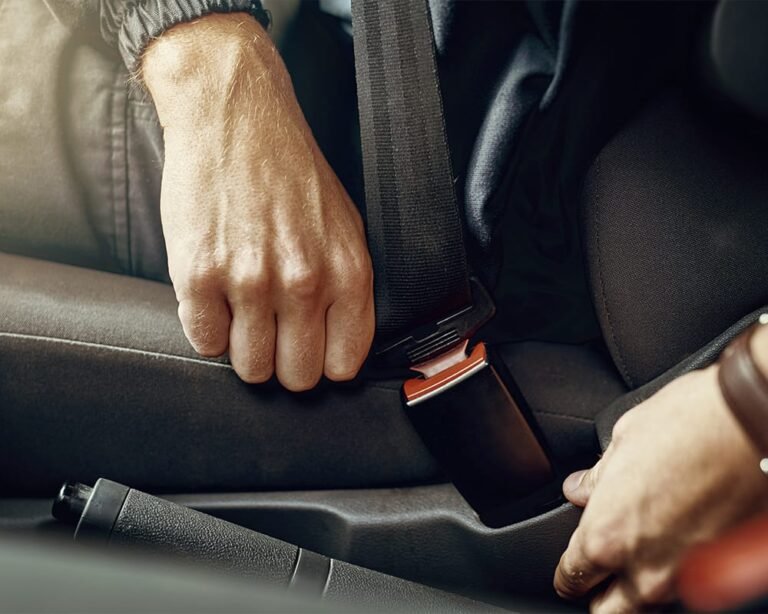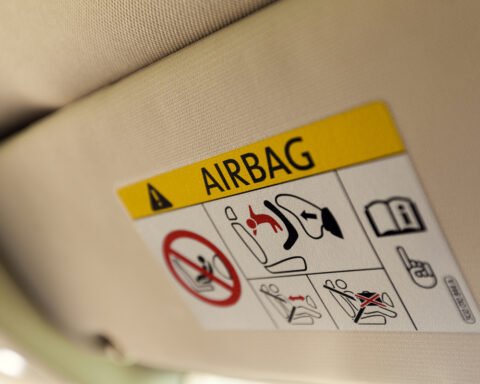Road safety is a crucial aspect of driving that every vehicle owner must prioritize. Whether you are a daily commuter, a long-distance traveler, or someone who enjoys the occasional road trip, understanding the fundamentals of car safety can help prevent accidents, reduce risks, and ensure a smooth journey. Modern vehicles come equipped with advanced safety features, but responsible driving habits and regular vehicle maintenance remain key to ensuring a safe experience on the road.
Understanding the Importance of Car Safety
Car safety is not just about following traffic rules; it’s about adopting a proactive approach to prevent unforeseen issues. Every year, thousands of accidents occur due to negligence, mechanical failures, or distracted driving. While external factors such as weather conditions and road quality may be beyond a driver’s control, many accidents can be avoided through preparedness and awareness.
By ensuring that your car is in optimal condition and by following safe driving practices, you not only protect yourself but also contribute to the overall safety of other road users. Whether it’s maintaining the correct tire pressure, checking brake functionality, or simply keeping an eye on fuel levels, every small effort adds up to creating a safer driving environment.
Pre-Drive Vehicle Inspection
Before hitting the road, it is essential to conduct a quick yet thorough inspection of your vehicle. Checking fluid levels, tire conditions, and lights can prevent unexpected breakdowns. Engine oil, brake fluid, and coolant levels should be at their recommended levels, as a lack of maintenance can lead to mechanical failures that compromise safety.
Tires play a significant role in vehicle stability, traction, and fuel efficiency. Always inspect tire pressure and tread depth, as under-inflated or worn-out tires can increase the risk of skidding or blowouts. Additionally, ensure that headlights, taillights, and indicators are functioning correctly, as visibility is key to preventing accidents, especially in low-light conditions.
Defensive Driving: The Key to Road Safety
Defensive driving is one of the most effective ways to minimize risks on the road. This approach involves anticipating potential hazards, maintaining a safe distance from other vehicles, and staying alert to changing traffic conditions.
Speed limits exist for a reason, and exceeding them increases reaction times and reduces vehicle control. Always drive at a speed appropriate for road conditions, weather, and traffic density. Avoid sudden braking and aggressive acceleration, as these can lead to loss of control and increased wear on your vehicle.
Using mirrors effectively and checking blind spots before changing lanes or making turns is another crucial aspect of defensive driving. Many accidents occur due to failure to notice vehicles in adjacent lanes, particularly in fast-moving traffic.
The Role of Seatbelts and Airbags
Seatbelts are one of the most basic yet vital safety features in any vehicle. Studies have shown that seatbelts significantly reduce the risk of fatal injuries in accidents. Whether you’re driving a short distance or embarking on a long journey, always ensure that you and your passengers are properly buckled up.
Airbags complement seatbelts by providing additional protection in the event of a collision. However, they are most effective when seatbelts are used correctly. Avoid placing objects on dashboards, as these can become dangerous projectiles if airbags deploy.
Avoiding Distractions While Driving
Distracted driving is a major cause of road accidents. With the rise of mobile technology, many drivers find themselves tempted to check messages, answer calls, or use navigation apps while driving. Even a momentary distraction can lead to serious consequences.
To stay focused on the road, use hands-free devices for calls or set your phone to ‘Do Not Disturb’ mode. If you need to attend to something urgent, pull over safely before using your phone. Eating, adjusting music settings, or engaging in deep conversations can also divert attention from driving and should be avoided.
Weather and Road Condition Awareness
Weather conditions play a significant role in road safety. Rain, fog, and snow can reduce visibility and make roads slippery, increasing the likelihood of accidents. When driving in adverse weather, reduce speed, use fog lights if necessary, and maintain a greater distance from the vehicle ahead.
Uneven roads, potholes, and construction zones also pose hazards. Being aware of road conditions and adjusting driving behavior accordingly can prevent damage to your vehicle and ensure a smoother journey.
Emergency Preparedness
Despite taking all precautions, emergencies can still occur. Having an emergency kit in your car can make a significant difference in such situations. A basic kit should include a first-aid box, flashlight, spare tire, jumper cables, and essential tools.
In case of a breakdown, remain calm and move your vehicle to a safe location if possible. Use hazard lights to alert other drivers and seek roadside assistance if needed. If an accident occurs, assess the situation, check for injuries, and contact emergency services immediately.
Regular Vehicle Maintenance
Preventive maintenance is one of the best ways to ensure long-term vehicle safety. Regular servicing, timely oil changes, and periodic inspections can help identify potential issues before they become major problems.
Brakes, steering systems, and battery health should be checked frequently to avoid sudden failures. Keeping a maintenance log can help track service intervals and ensure that your car remains in peak condition.
Drive Safe, Stay Secure: Every Journey Matters
Car safety is a shared responsibility that requires attention, awareness, and adherence to best practices. By following these essential safety tips, you can create a secure driving environment for yourself, your passengers, and fellow road users. A well-maintained vehicle, defensive driving techniques, and a distraction-free approach can significantly reduce risks and enhance your overall driving experience. Prioritizing safety not only ensures peace of mind but also contributes to making roads safer for everyone.






